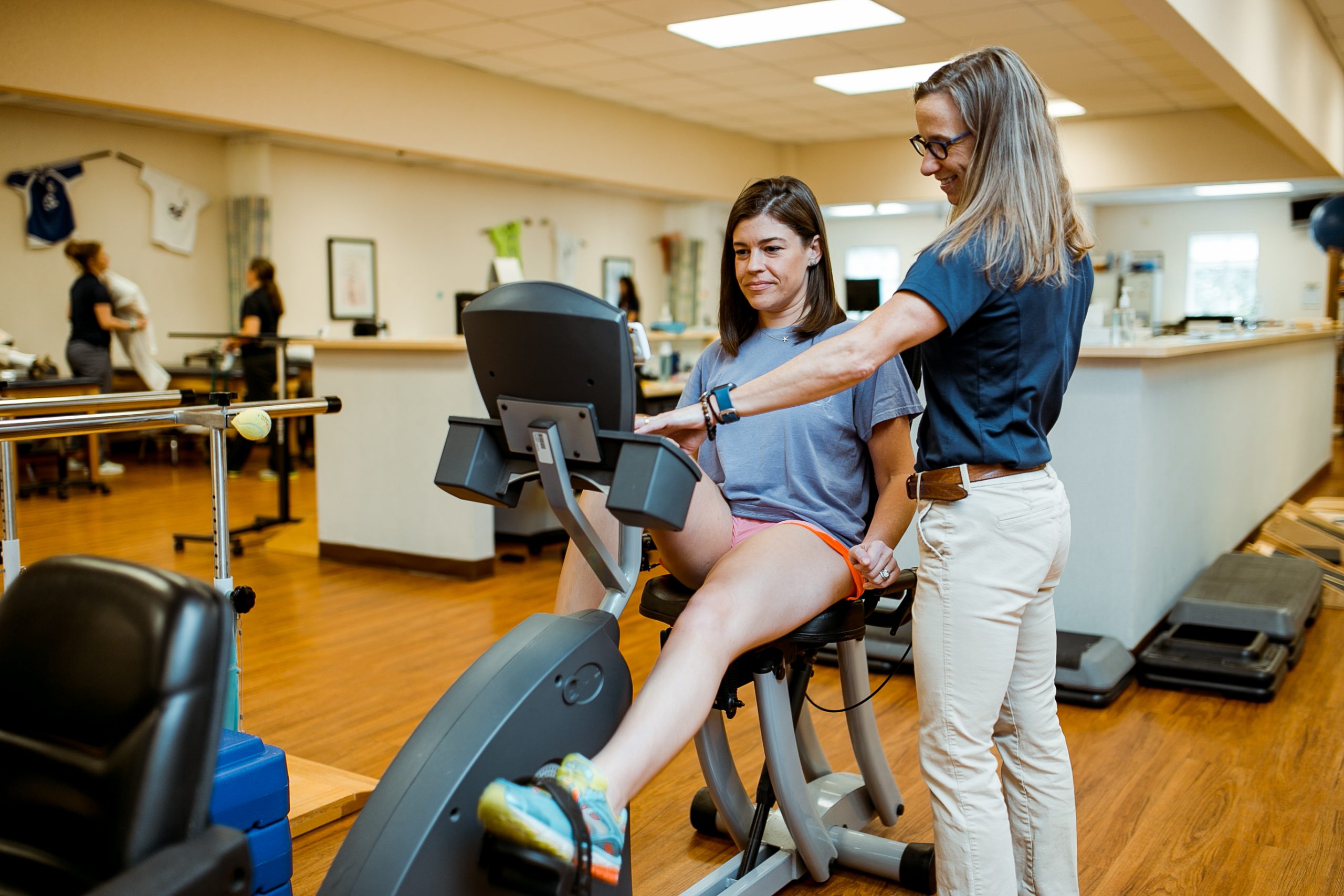Elevating the discipline of ergonomics is critical for designing office setups that advance physical well-being and work output. Workplace ergonomics is the methodology of engineering occupational settings, equipment, and functions to match the needs of team members. By emphasizing how staff engage with their physical environment, businesses can minimize strain and prevent musculoskeletal problems. An ergonomic workspace enables natural movement and reduces strain, which can lead to improved work satisfaction and engagement among team members.
One important element of human factors design is the arrangement of workstation elements and devices. Work surfaces should be at a height that enables users to work with their forearms at a 90-degree angle while inputting data. Chairs should offer proper lumbar stability for the lower back, promoting good posture. Additionally, screens should be positioned at neutral gaze level to avoid cervical tension. By verifying that these ergonomic components are properly configured, employees can copyright a neutral position throughout their assignments, reducing fatigue and enhancing cognitive performance.

An additional notable dimension in an well-designed workspace is the use of supportive devices and hardware. This includes typing hardware, navigation tools, and other instruments crafted to minimize cumulative trauma disorders. For instance, using an split-key keyboard can help reduce wrist pain caused by repetitive typing. Furthermore, ergonomic seating and convertible desks allow employees to alternate their position throughout the day, which can ease discomfort and boost physical endurance. Implementing high-quality ergonomic solutions can generate sustainable work habits and higher productivity rates.
Lighting is also a vital aspect helpful site in ergonomic design. Proper lighting can diminish ocular stress and support staff to engage with their work activities. Daylight is preferable, but if that is not available, using customizable artificial lighting can help providing a inviting atmosphere. It is necessary to avoid glaring fluorescent lights that may cause headaches or fatigue. By incorporating sufficient lighting, organizations can create an environment that advances both clarity and output.
To conclude, encouraging regular breaks is key for sustaining an ergonomic workspace. Encouraging staff to take timed breaks can help disperse fatigue and mental fatigue. During these breaks, workers should be encouraged to move around or change location to support physical engagement. Integrating planned break times can facilitate this page create a workflow that prioritizes human performance without reducing work results. Ultimately, embracing ergonomics in the office not only enhances physical health but also fosters a more sustainable work culture where employees can perform at their best.